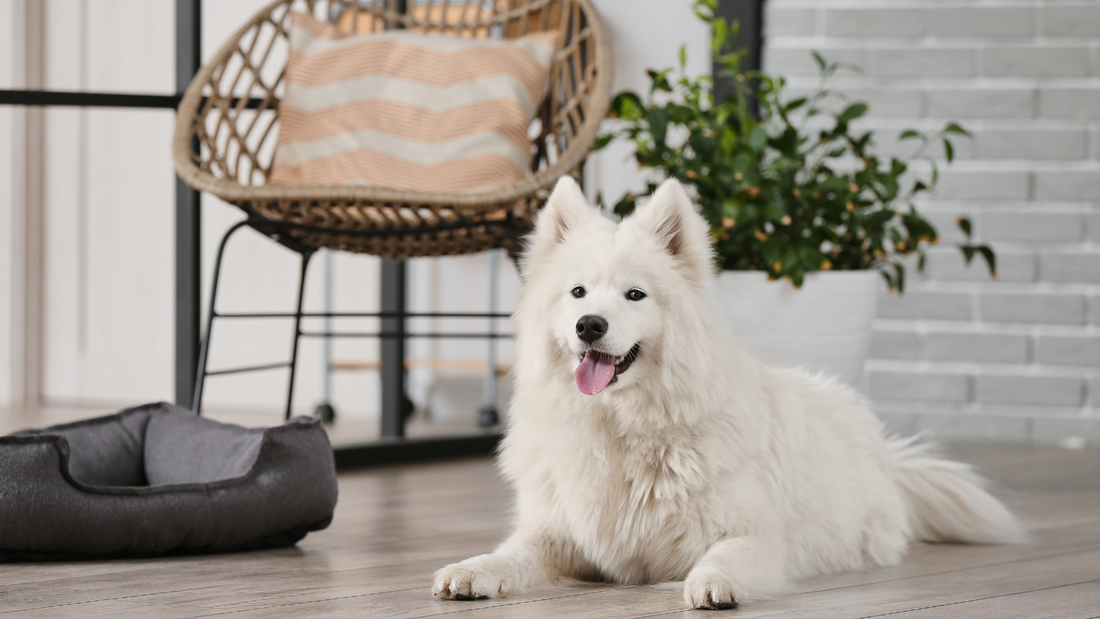
Paws, Purpose, and Peace: A Guide to Organizing a Pet Room That Reflects Love, Loyalty & Lifestyle
When we think of organizing a home, we often overlook the spaces designed for the ones who love us most unconditionally—our pets. But what if creating a pet room wasn’t just about convenience or cleanliness, but about crafting a space that reflects your pet’s soul, your shared bond, and a vision for peaceful, purposeful living?
Welcome to your ultimate guide for organizing a pet room that’s intentional, inspiring, and unlike anything you've seen before. Let’s build a space that’s as emotionally aligned as it is visually calming.
1. Start With a Pet Personality Profile
Before you buy a single bin or shelf, sit down and write a few sentences that describe your pet’s temperament:
- Is your dog playful and bold or calm and cuddly?
- Is your cat a curious climber or a sunbeam napper?
- Does your bunny love exploration or quiet corners?
Now, design a space around them—not just what you think a pet room should have.
Why it works: You’re creating a room that respects your pet’s identity, not just their species.
2. Zones of Joy: Design With Purpose
Instead of cluttering everything in one spot, divide the room into clear, purposeful zones:
- Play Zone: Toys, agility equipment, climbing shelves
- Rest Zone: A cozy bed, soft lighting, soothing sounds
- Feeding Zone: Raised bowls, treat jars, hydration station
- Storage Zone: Organized bins for gear, grooming tools, food
- Connection Zone: A chair for you to read, journal, or cuddle
Pro Tip: Use rugs or different floor textures to visually define each zone.
Why it works: Just like us, pets thrive when their environment offers structure and stimulation.
3. Implement “Sensory Harmony” for Their Sake
Just like humans benefit from mood lighting and ambiance, pets respond deeply to sensory cues:
- Lighting: Use warm light bulbs and avoid harsh overheads
- Sound: Add soft instrumental music or nature sounds for calmness
- Scent: Avoid chemical cleaners and opt for pet-safe essential oils like lavender or chamomile
- Textures: Offer a variety of fabrics—from faux fur throws to cotton pads—for tactile enrichment
Why it works: A peaceful sensory environment enhances a pet’s emotional well-being.
4. Design a Rotating “Discovery Box”
Just like you get bored seeing the same décor, your pet gets bored with the same toys.
Here’s the magic:
- Keep 75% of toys stored away
- Display only a few at a time
- Rotate weekly or bi-weekly
- Occasionally hide a toy in a surprise spot to spark curiosity
Why it works: Novelty sparks dopamine. Your pet will associate the space with surprise and delight.
5. Embrace the Minimalist Pet Philosophy
Minimalism isn’t just for people—it’s for pets too.
Ask yourself:
- Does this item enhance my pet’s life or just my guilt?
- Is this toy still used or just sentimental?
- Are duplicates necessary, or can one good-quality version suffice?
Less stuff = less stress (for both of you).
Why it works: Cluttered space equals cluttered energy—yes, even for pets.
6. Create a “Wellness Wall” for Grooming and Health
Designate a corner of the room for:
- Brushing and grooming tools
- Vet records and appointment cards in a cute clipboard
- Vitamins, supplements, or special care needs
- A small mirror (some pets love checking themselves out!)
You can even hang a mini chalkboard or whiteboard for weekly care notes or reminders.
Why it works: Organization around care leads to proactive health—and fewer forgotten vet visits.
7. Make the Décor Match the Bond
Forget cutesy prints—go for meaning. Frame:
- A paw print pressed into clay
- A candid moment between you and your pet
- A quote that captures the loyalty you share
Create a space that honors the relationship—not just the role.
Why it works: The room becomes a sanctuary, not just a pet supply closet.
8. Smart Storage That’s Actually Beautiful
Design with aesthetics in mind:
- Use labeled mason jars for treats
- Reuse vintage suitcases or baskets for toys
- Install floating shelves for grooming items or leashes
- Repurpose spice racks for canned food
Why it works: Functionality shouldn’t mean sacrificing style. Beauty elevates care.
9. Consider Flooring That Cares
Say goodbye to tile or slippery laminate. Try:
- Cork flooring (eco-friendly + soft on paws)
- Low-pile rugs (easy to clean + comfy)
- Washable rug tiles (style + spill-friendly)
Place a mat under feeding bowls or litter boxes to contain mess and protect your floor.
Why it works: Flooring choices deeply affect your pet’s comfort and your ease of cleanup.
10. The Energy Flow Test
Once the room is done, sit on the floor at your pet’s eye level. Then observe:
- Can they move freely between zones?
- Are there spaces for hiding and interaction?
- Do they pause with curiosity, or avoid corners with tension?
Adjust layout accordingly.
Why it works: Animals sense energy flow better than we do. Follow their lead.
11. A Sacred Goodbye Space
If your pet is aging or has crossed the rainbow bridge, consider:
- A corner for their photo, collar, or memory box
- A single candle you light during full moons or anniversaries
Even if it’s just symbolic, it makes your pet’s legacy part of the home.
Why it works: Honoring grief keeps love flowing in the home.
12. Bonus: Invite Your Pet to Help Design
It may sound wild, but let them walk into the room as you move things around. Notice what they gravitate toward or avoid. Let their instincts be the final designer.
Why it works: Co-creating with your pet increases trust and bonding. You’re building a shared space, not just giving them one.
Final Thought: This Isn’t Just a Pet Room—It’s a Legacy
Your home tells your story. And your pet is part of that story. Let this room be a reflection of:
- How deeply you love
- How thoughtfully you live
- How beautifully you connect
So, when someone walks into that space, they don’t just say, "Wow, this is cute."
They say, "Wow, this feels sacred."
Because it is.
